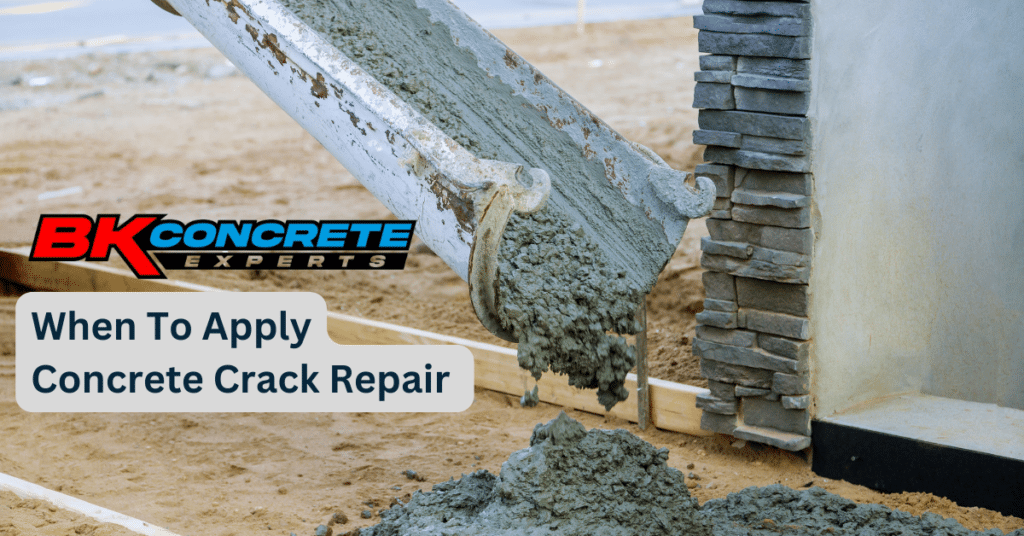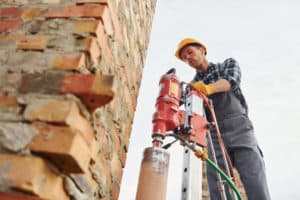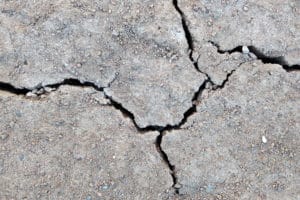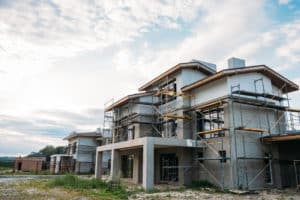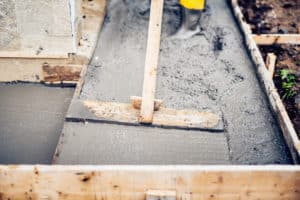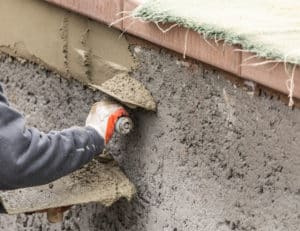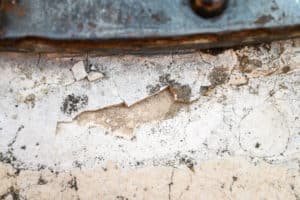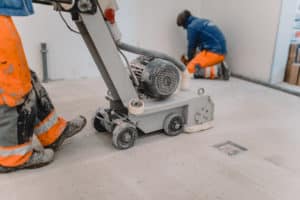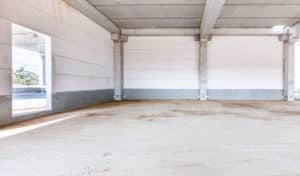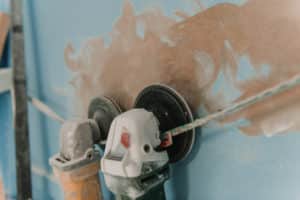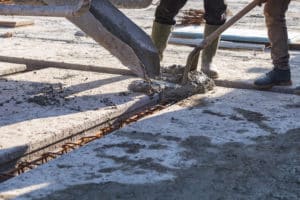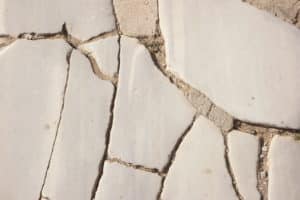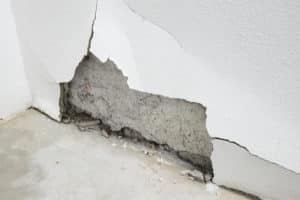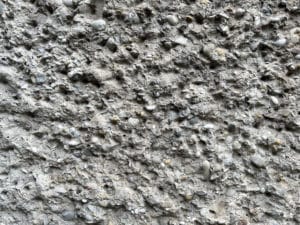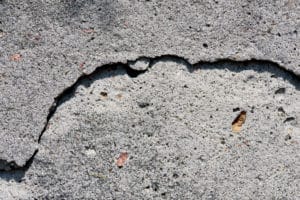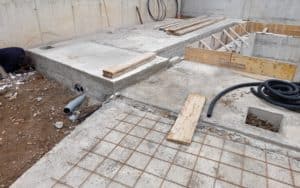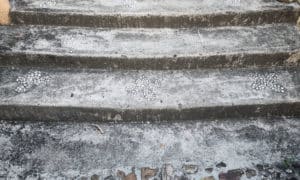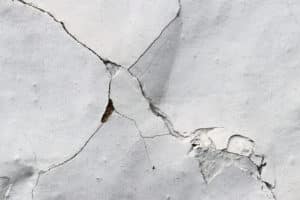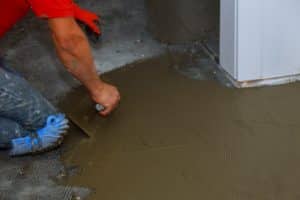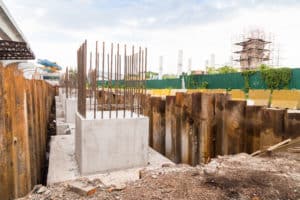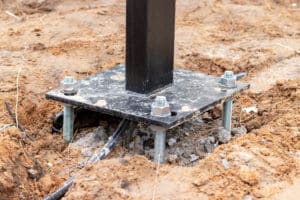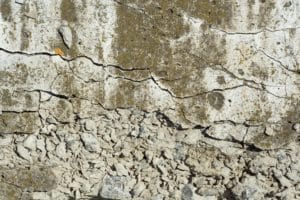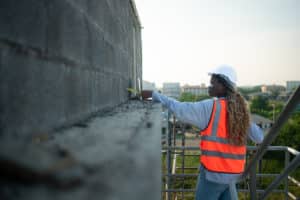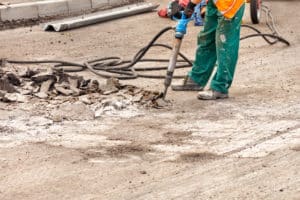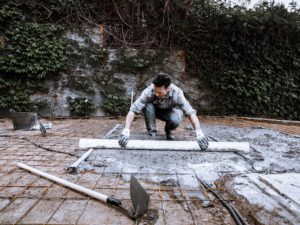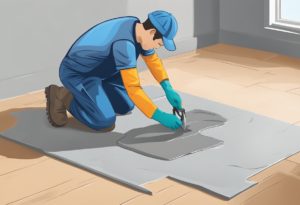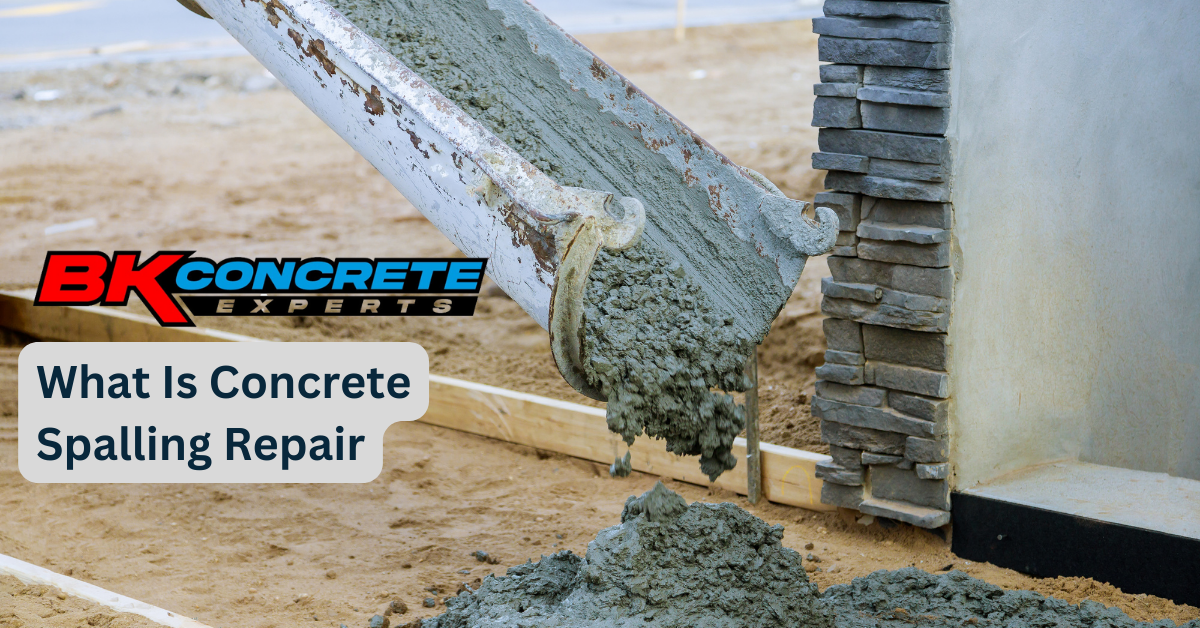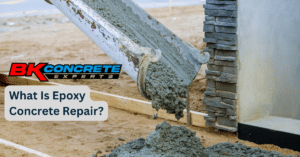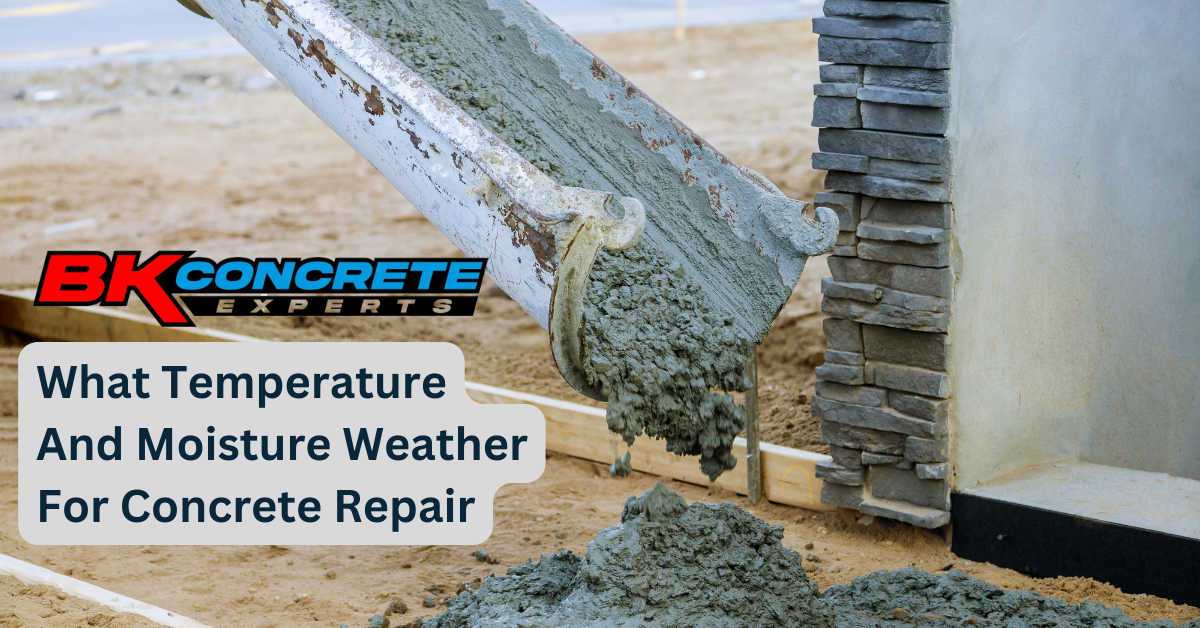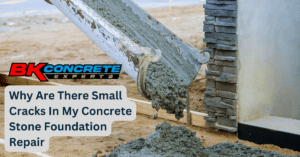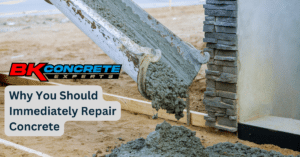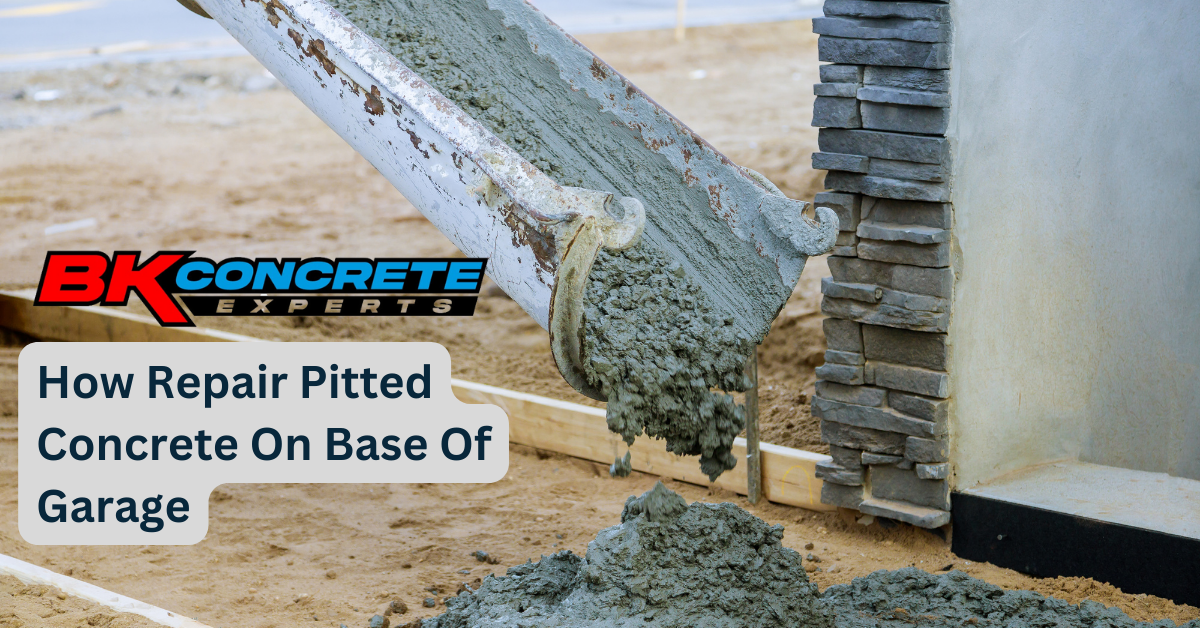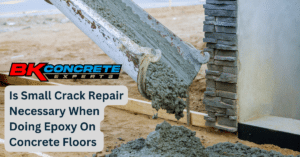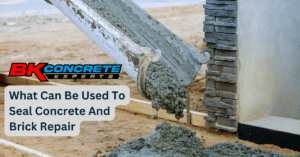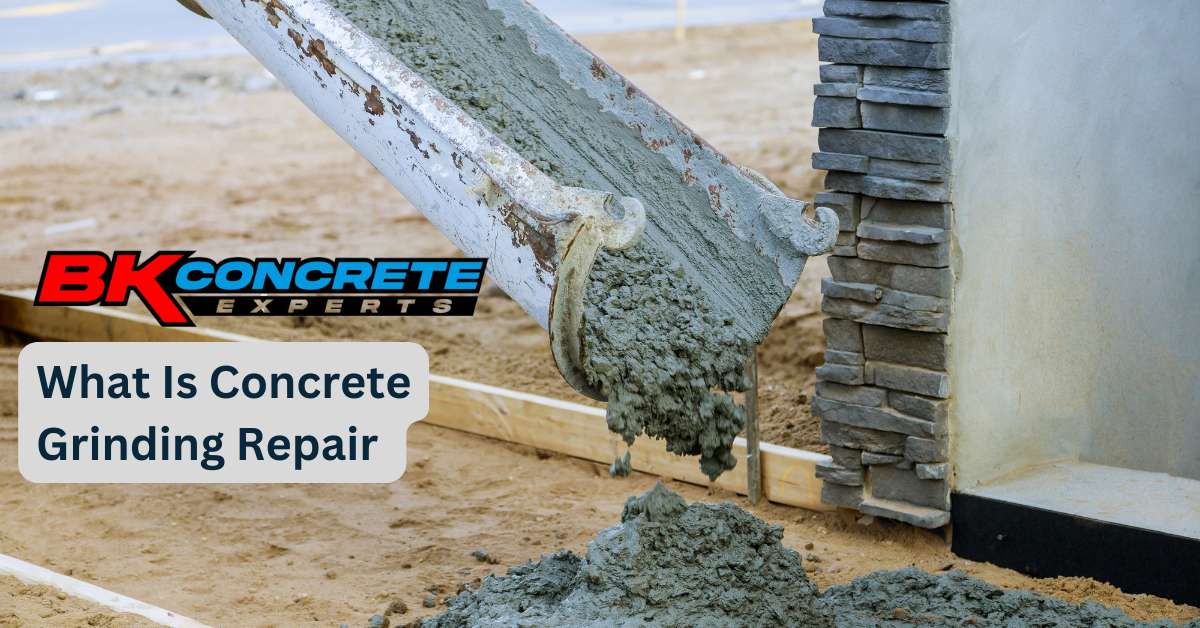Concrete is a widely-used building material that is known for its strength and durability. However, over time, concrete can develop cracks that compromise its structural integrity. These cracks can be caused by a variety of factors, such as weathering, shrinkage, and settlement.
While some cracks may seem minor, it is important to address them as soon as possible to prevent further damage and ensure the safety of the structure. To effectively address concrete cracks, it is important to understand the various types of damage that can occur. This includes surface cracks, which are typically cosmetic in nature and do not affect the structural integrity of the concrete.
However, deeper cracks can indicate more serious damage, such as concrete spalling or delamination. In order to determine when to apply concrete crack repair, it is important to consider the signs of damage and the factors that contribute to the problem. By addressing concrete cracks in a timely manner, it is possible to prevent more serious damage and ensure the longevity of the structure.
Common Causes of Concrete Cracks
Concrete cracks can occur due to a variety of factors, including shrinkage, thermal expansion and contraction, overloading, settlement, and chemical reactions.
Shrinkage cracks happen when concrete dries and hardens, and the volume of the concrete decreases. This reduction in volume results in cracks that are generally small and are found near corners and edges.
Thermal expansion and contraction occur when concrete is exposed to extreme temperature changes, resulting in cracks that are typically wider and longer than shrinkage cracks.
Overloading is another factor that causes concrete to crack. Heavy loads on a concrete structure can cause it to bend and eventually crack.
Settlement cracks generally occur when the foundation of a building is unable to support the weight of the structure, causing the structure to settle and crack.
Finally, chemical reactions, such as alkali-silica reaction and sulfate attack, can cause concrete to crack.
One of the most common causes of concrete cracks is shrinkage. When concrete is poured, it is in a liquid state and takes the shape of the formwork. As the concrete hardens and dries, the volume of the concrete decreases, causing it to shrink. This shrinkage can result in cracks that are usually small and do not pose a significant structural risk. However, if the shrinkage is excessive, it can cause larger cracks that may need to be repaired.
Another common cause of concrete cracks is thermal expansion and contraction. Concrete expands when it is exposed to high temperatures and contracts when it is exposed to low temperatures. These temperature changes can cause the concrete to crack, especially if the temperature changes are extreme. Thermal expansion and contraction can also cause the concrete to heave or settle, which can lead to more significant structural issues.
Overloading is another factor that can cause concrete to crack. Heavy loads on a concrete structure can cause it to bend and eventually crack. This type of cracking is often seen in bridges and other structures that are designed to support heavy loads.
Settlement cracks generally occur when the foundation of a building is unable to support the weight of the structure, causing the structure to settle and crack.
Finally, chemical reactions, such as alkali-silica reaction and sulfate attack, can cause concrete to crack. These reactions can be caused by the use of certain aggregates or exposure to certain chemicals.
Types of Concrete Damage
The extent of the damage to concrete structures can range from minor surface imperfections to severe structural deterioration that can compromise the safety and functionality of the entire structure. There are different types of damage that can occur in concrete, and recognizing them is crucial when deciding on the appropriate repair method.
Here are some of the most common types of concrete damage:
Recognizing the type and extent of concrete damage is crucial in deciding when to apply concrete crack repair. It is important to address the issue as soon as possible to prevent it from worsening and potentially compromising the safety and functionality of the structure.
A professional assessment should be conducted to determine the appropriate repair method and ensure that the repair will be effective in addressing the problem.
Signs that Concrete Repair is Needed
One indication that a structure may need maintenance is the presence of visible damage, such as cracks or discoloration, on the surface of the material. Concrete is a durable material, but it is not immune to wear and tear. Over time, exposure to weather, water, and traffic can cause cracks to form. These cracks may be hairline and barely visible, or they may be larger and more obvious.
When deciding whether to repair concrete cracks, it is important to consider the severity of the damage. If the cracks are small and only affect the surface of the material, they may not require immediate attention. However, if the cracks are larger or extend deep into the material, they may be a sign of structural damage and should be repaired as soon as possible. In addition, any cracks that allow water to penetrate the material can cause further damage, so it is important to address these issues promptly.
To help determine when concrete repair is necessary, a visual inspection can be done. This can be aided by using a table that outlines visible signs of damage and the corresponding action to take. For example, if there are multiple cracks that are wider than 1/8 inch, or if the cracks are accompanied by heaving or settling of the material, it may be necessary to call in a professional to assess the situation and recommend repair options. By being proactive about concrete maintenance, it is possible to extend the life of the material and ensure the safety and durability of the structure.
| Visible Signs of Damage | Action to Take | Emotional Response |
| Multiple cracks wider than 1/8 inch | Call a professional to assess and recommend repair options | Concern |
| Cracks accompanied by heaving or settling of the material | Call a professional to assess and recommend repair options | Alarm |
| Cracks that allow water to penetrate the material | Repair as soon as possible to prevent further damage | Urgency |
| Visible discoloration or surface wear | Monitor for changes and consider repair if damage worsens | Caution |
Factors to Consider When Timing Concrete Crack Repair
Factors to consider when timing the repair of damaged structures can have a significant impact on the safety and longevity of the building, evoking a sense of responsibility for the maintenance of infrastructure.
One of the primary factors to consider is the severity of the damage. Cracks that are wider than a quarter inch, or those that have affected the structural integrity of the building, require immediate attention. Timely repair of such cracks can prevent further damage and extend the lifespan of the building.
Another factor to consider is the weather conditions. Concrete crack repair should be carried out when the weather is dry and warm. Water and moisture can interfere with the bonding of the repair materials and cause further damage. Similarly, extreme cold weather can cause the repair materials to freeze and not bond properly, leading to premature failure. Therefore, it is essential to time the repair when the weather conditions are favorable.
Lastly, the timing of the repair should also take into consideration the building’s use. If the building is in constant use, it may be challenging to carry out repairs without disrupting the occupants’ daily activities. In such cases, it may be necessary to schedule repairs during off-peak hours or when the building is closed. Additionally, repairs that require the use of heavy machinery or equipment may require additional planning to ensure the safety of the occupants and the workers carrying out the repairs.
Proper planning and timing of the repair can minimize disruptions and ensure the safety of all parties involved. The timing of concrete crack repair is critical in ensuring the safety and longevity of the building. The severity of damage, weather conditions, and building use are some of the factors that should be considered when timing the repair. It is essential to consult with a professional to assess the damage and determine the appropriate timing for repair.
Methods for Effective Concrete Crack Repair
Effective methods for restoring damaged concrete structures involve utilizing specialized materials and techniques that ensure the repair is durable and long-lasting. One common method for repairing concrete cracks is the use of epoxy injection. This involves injecting epoxy resin into the crack, which then hardens and creates a bond that is stronger than the surrounding concrete. Another method is the use of polymer-modified cementitious overlays, which are a mixture of cement, sand, and polymer resins. These overlays can be applied over the entire surface of the concrete to provide a uniform appearance while also reinforcing the structure.
In addition to these methods, there are several other techniques that can be used depending on the severity and location of the crack. For instance, if the crack is caused by settling or shifting of the foundation, it may be necessary to use underpinning techniques to stabilize the structure before repairing the crack. Other techniques may include the use of carbon fiber or steel reinforcing bars, which can be applied to the surface of the concrete or embedded within the structure to provide additional strength.
To determine the most effective method for repairing a concrete crack, it is important to consider factors such as the location, size, and cause of the crack. Additionally, the type of structure and its intended use should also be taken into account. By selecting the appropriate materials and techniques, it is possible to restore damaged concrete structures to their original condition and ensure their longevity and durability.
| Method | Advantages | Disadvantages |
| Epoxy Injection | Strong bond, can be used on narrow cracks | Requires drilling, may not be suitable for large cracks |
| Polymer-Modified Cementitious Overlays | Uniform appearance, can be used over entire surface | May not be suitable for deep cracks, requires proper surface preparation |
| Carbon Fiber Reinforcing | High strength, can be used in combination with other methods | Can be expensive, requires professional installation |
| Steel Reinforcing Bars | High strength, can be used in combination with other methods | Can be expensive, may require extensive surface preparation |
| Underpinning | Stabilizes foundation, can be used in combination with other methods | Can be expensive, requires excavation |
Frequently Asked Questions
What are the most effective ways to prevent concrete cracks from forming in the first place?
Preventing concrete cracks from forming in the first place is crucial for ensuring the longevity and durability of concrete structures.
One of the most effective ways to prevent cracks is to ensure proper concrete mix design and placement.
The use of high-quality materials, adequate curing time, and proper reinforcement can also help prevent cracks.
Additionally, controlling the temperature and moisture levels during the curing process can prevent shrinkage and cracking.
Regular maintenance and inspections can also help identify potential issues and prevent larger problems from occurring.
By following these preventative measures, concrete structures can remain strong and resistant to cracking for years to come.
Can concrete cracks be repaired without professional help, or should you always hire a contractor?
Concrete cracks can be repaired without professional help, depending on the severity of the crack and the skill level of the individual attempting the repair. However, it is recommended to hire a contractor for larger or more complex repairs.
DIY repairs can be done with a concrete crack repair kit, which typically includes a filler material and a sealant. It is important to thoroughly clean and prepare the area before applying the filler, and to follow the manufacturer’s instructions carefully.
Additionally, it is important to understand the cause of the crack and address any underlying issues to prevent further damage. Hiring a professional contractor ensures that the repair is done correctly and that any underlying issues are addressed.
How long does it typically take to repair a concrete crack, and how much does it usually cost?
The time and cost required to repair a concrete crack depend on various factors, such as the severity of the crack, the location, and the type of repair method used.
However, the typical time required to repair a concrete crack is usually a few hours to a day, and the cost can range from a few dollars to hundreds of dollars, depending on the size and complexity of the repair.
The most common repair methods include epoxy injection, polymer-based sealants, and concrete patching.
Epoxy injection is a common method for repairing narrow or small cracks, and it involves injecting a two-part epoxy mixture into the crack to fill and seal it.
Polymer-based sealants are ideal for larger cracks and involve filling the crack with a flexible polymer-based sealant.
Concrete patching is used for deeper or wider cracks and involves removing the damaged concrete and replacing it with fresh concrete.
In conclusion, the time and cost of repairing a concrete crack depend on various factors, and it is recommended to consult a professional for an accurate assessment and repair.
Are there any environmental factors that can affect the timing or effectiveness of concrete crack repair?
Environmental factors play a significant role in the timing and effectiveness of concrete crack repair.
According to a study conducted by the American Concrete Institute, temperature and humidity can greatly impact the curing process of concrete, which can affect the performance of the repair material.
High temperatures can cause the repair material to dry too quickly, while low temperatures can slow down the curing process, leading to a weaker bond.
Additionally, exposure to sunlight and wind can cause the repair material to shrink and crack, compromising its integrity.
Finally, the presence of water or moisture can prevent the repair material from adhering to the surface properly.
Therefore, it is crucial to consider these environmental factors before applying concrete crack repair to ensure its optimal performance and durability.
How can you tell if a concrete crack is purely cosmetic, or if it indicates a more serious underlying issue with the structure?
When evaluating the severity of a concrete crack, it is important to consider its location, length, width, and depth.
Cosmetic cracks are typically shallow and do not extend through the entire thickness of the concrete. They are often caused by shrinkage or surface weathering and do not pose a serious threat to the structural integrity of the building.
However, cracks that are wider than 1/16 inch or deeper than the thickness of the concrete slab may indicate a more serious underlying issue. These types of cracks may be caused by structural movement, soil settlement, or overloading of the concrete.
It is important to consult with a professional engineer or contractor to determine the cause and severity of the crack and to develop an appropriate repair strategy.
Conclusion
In conclusion, concrete cracks are a common issue that property owners must address to prevent further damage and maintain the structural integrity of their buildings.
Identifying the root cause of the crack, understanding the type of damage, and recognizing the signs that concrete repair is needed are crucial steps in determining the timing of crack repair. Factors such as weather conditions, the severity of the crack, and the location of the damage should also be considered when deciding when to repair the crack.
There are various methods available for effective concrete crack repair, such as epoxy injection and polyurethane foam injection. It is important to consult with a professional to determine which method is best suited for your specific situation.
By being proactive with concrete crack repair, you can save yourself time and money in the long run and ensure the safety and stability of your property. Remember, a small crack today can lead to a major problem tomorrow if left untreated.
Don’t wait until it’s too late to address concrete cracks.


